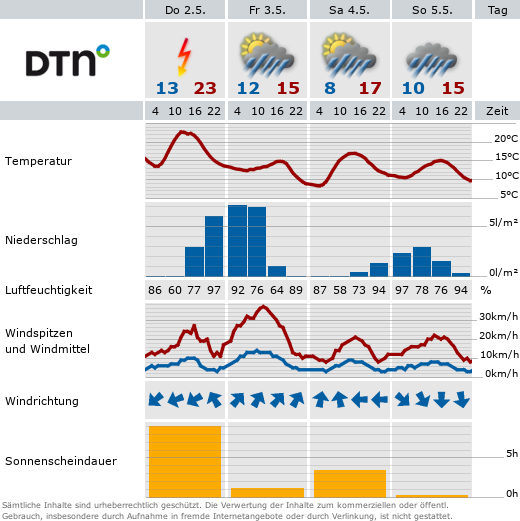Expert workshop in the SUR project „Resilience and disaster risk management in Ukrainian cities“

As part of the SUR project „Strengthening Urban Resilience: Resilience and disaster risk management in Ukrainian cities“, we are pursuing the goal of increasing the resilience of Ukrainian cities to crises.
Our initial literature research and interviews already made it clear that responsibilities and coordination between stakeholders are often unclear when it comes to protecting critical infrastructures. Decisions at national level are often made independently of local actors or CI operators. As a result, resilience measures appear to be difficult to implement because responsibilities are lacking and relevant information is not shared.
To close these gaps, an application-oriented handbook was developed as part of the project. It is aimed in particular at local stakeholders and is intended to support them in systematically recording, evaluating and protecting critical infrastructure in a targeted manner. The aim is to clarify responsibilities, integrate local knowledge and create a common basis for resilience strategies.
A first important milestone was our workshop, where we discussed the handbook with experts. The aim of the workshop was to gather feedback on the practicality and relevance of the handbook. What content is considered helpful? What is missing? And where is there a need for adaptation?
The handbook itself follows a six-phase approach:
-
Step 0 – Preparation: Definition of the study area and involvement of relevant stakeholders.
-
Step 1 – Identification of critical infrastructures: Systematic mapping of important facilities and services at local level.
-
Step 2 – Criticality assessment: Participatory assessment of importance, dependencies and possible effects of a failure.
-
Step 3 – Mapping: Visualization of infrastructures and potential cascading effects for risk analysis.
-
Step 4 – Target definition: Formulation of protection targets based on criticality and vulnerability.
-
Step 5 – Planning measures: Selection of suitable measures to increase resilience.
The feedback confirmed the high relevance of the topic for the municipal level, particularly with regard to resilience and dealing with crisis situations.






